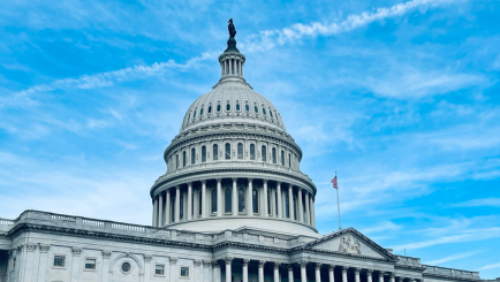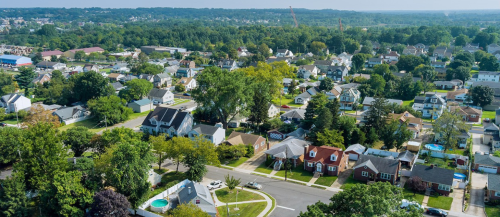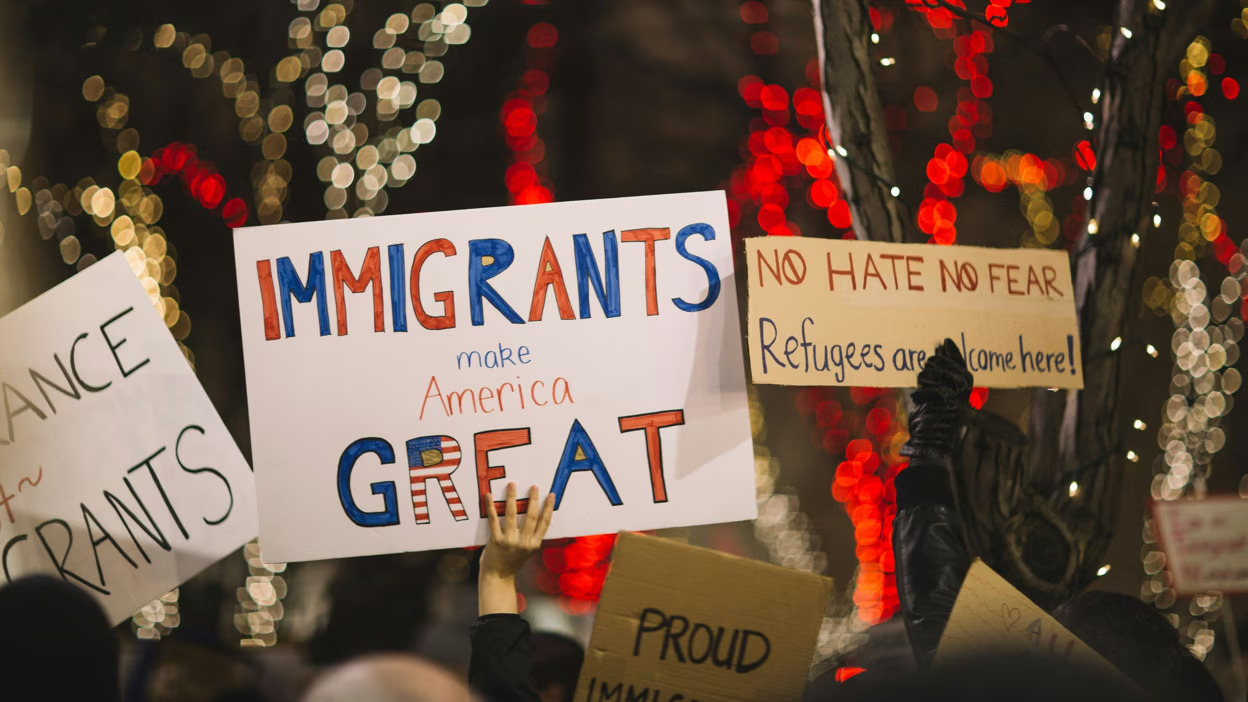Immigration Enforcement in a Time of Recession
Recent estimates from the Pew Hispanic Center indicate that the number of unauthorized immigrants in the United States has declined by roughly one million since 2007—bringing the total size of the unauthorized population to approximately 11.1 million. Coming after the release of similar estimates by the Department of Homeland Security (DHS) in January, these figures have provoked considerable speculation as to how much of the decline is attributable to the current recession, and how much is the result of heightened immigration enforcement. DHS, for instance, was quick to take credit for the drop, citing the money and manpower that have been poured into immigration enforcement by the Obama administration. However, immigration researchers were just as quick to point out that unauthorized immigration has always responded to the state of the U.S. economy, and that the downward trend captured by both Pew and DHS matches up closely with the beginning of the recession in December 2007.
Ultimately, it is impossible to disentangle the impact of the recession from that of enforcement with any degree of certainty. Nevertheless, the available research indicates that the recession is likely playing a major role in discouraging new unauthorized immigrants from entering the country due to the lack of jobs. After all, federal spending on immigration enforcement has been rising steadily since the early 1990s, while the size of the unauthorized population continued to increase until the current recession hit. Research also suggests that when the economy begins to improve again, unauthorized immigration is likely to increase as well—unless the broken immigration system which spurs unauthorized migration has been fixed by then.
The number of unauthorized immigrants in the United States has decreased by roughly one million since 2007—due largely to fewer new arrivals from Mexico.
- According to estimates released in September 2010 by the Pew Hispanic Center, the number of unauthorized immigrants in the United States increased from roughly 8.4 million in 2000 to a high of 12.0 million in 2007, then declined to 11.6 million in 2008 and 11.1 million in 2009 {Figure 1}. The apparent decline between 2008 and 2009 is inconclusive because it falls within the estimates’ margin of error.

- Pew also found that the size of the unauthorized population has declined in large part because new inflows from Mexico have dropped dramatically, from approximately 500,000 per year during the 2000-2005 period to only 150,000 per year during the 2007-2009 period.
- The Pew report found no evidence that large numbers of unauthorized immigrants are leaving the United States, which suggests that the heavy-handed enforcement measures implemented by some states and localities are not having a significant impact on the size of the unauthorized population. In other words, the “attrition through enforcement” approach to unauthorized immigration does not appear to be very effective at persuading immigrants to return to their home countries.
- DHS released similar estimates in January 2010, finding that the size of the unauthorized population dropped from a high of roughly 11.8 million in 2007 to approximately 11.6 million in 2008 and 10.8 million in 2009.
Federal spending on immigration enforcement has been increasing since the early 1990s, yet the number of unauthorized immigrants grew dramatically up until 2007.
- The annual budget of the U.S. Border Patrol stood at $3.0 billion in Fiscal Year (FY) 2010—a nine-fold increase since FY 1992 {Figure 2}. The number of Border Patrol agents stationed along the southwest border with Mexico grew to 16,974 in FY 2010—a nearly five-fold increase since FY 1992 {Figure 3}.


- The combined budgets of U.S. Customs and Border Protection (CBP), the parent agency of the Border Patrol within DHS, and U.S. Immigration and Customs Enforcement (ICE), the DHS interior-enforcement counterpart to CBP, grew from $9.1 billion in FY 2003 to $17.2 billion in FY 2010 {Figure 4}.
- CBP’s budget increased from $5.9 billion to $11.4 billion during this period.
- ICE’s budget increased from $3.3 billion to $5.7 billion during this period.

- Despite this dramatic increase in enforcement spending, the number of unauthorized immigrants in the United States has roughly tripled in size, from approximately 3.5 million in 1990 to a high of 12.0 million in 2007, when the current recession began.
Research suggests unauthorized immigration responds more to U.S. economic conditions than to enforcement measures.
- Wayne Cornelius and a team of researchers at the Center for Comparative Immigration Studies at the University of California, San Diego, found that unauthorized immigration has responded rapidly to changing economic conditions in the United States since at least the mid-1960s. Unauthorized immigration increases when the U.S. economy is expanding, and decreases when the economy is contracting.
- Surveys conducted among Mexican migrants by Cornelius and his team from 2005 through 2009 found that immigration enforcement has little impact on the likelihood that an unauthorized immigrant will make it across the U.S.-Mexico border. Due in large part to increased reliance upon smugglers (coyotes), well over 90 percent of unauthorized migrants from sending communities in Mexico eventually make it into the United States.



